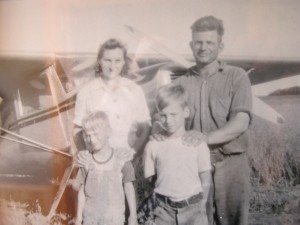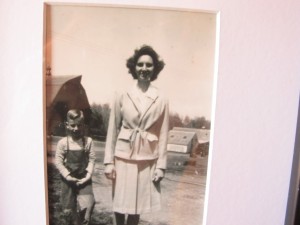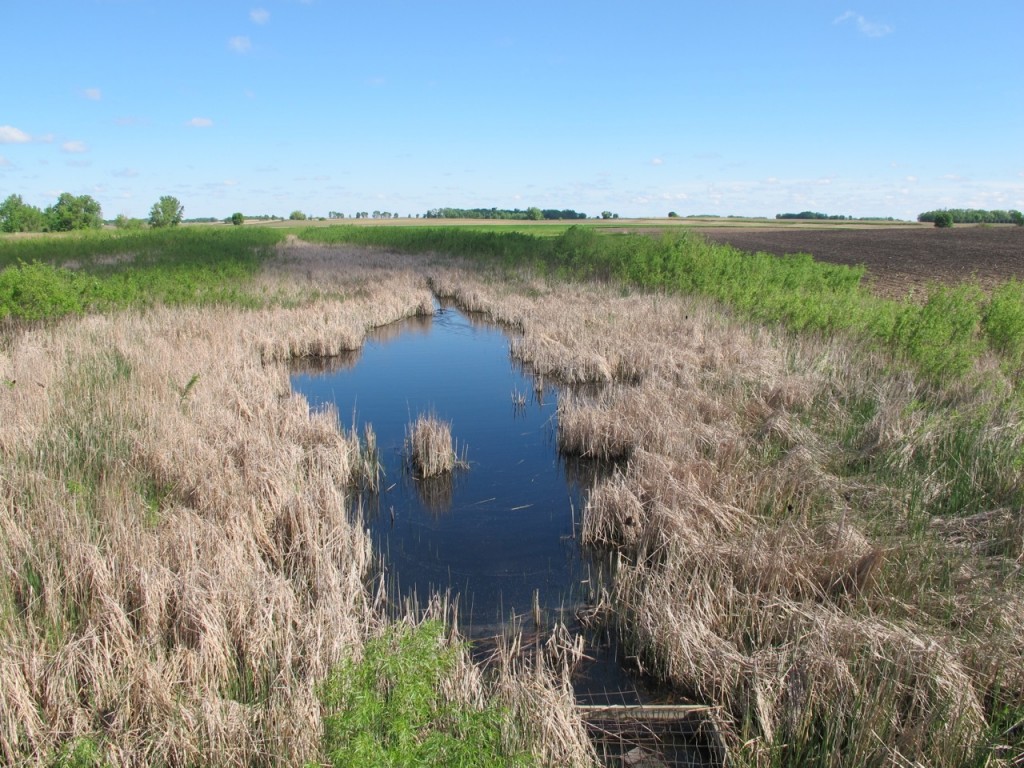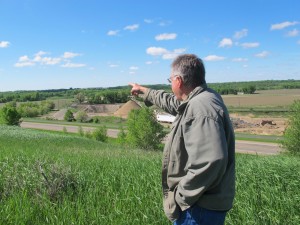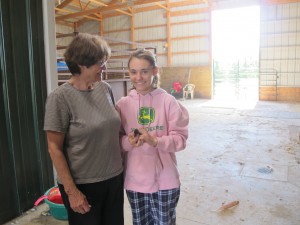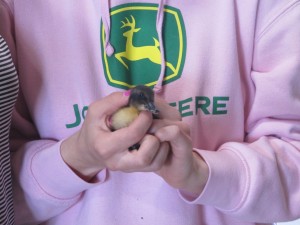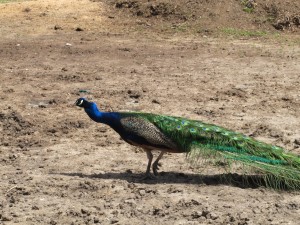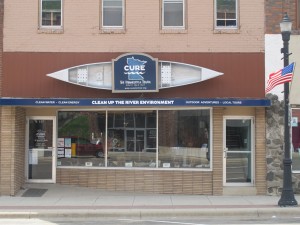Del Wehrspann
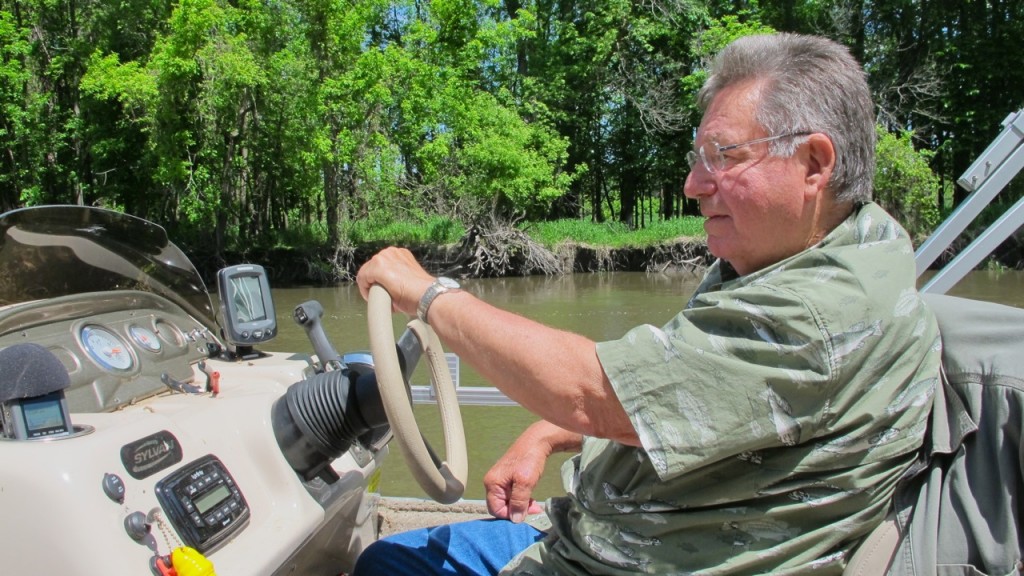
When it came time for Iowa native, Del Wehrspann, and his wife, Shirley, to decide where and how to pursue a living, Del’s father couldn’t understand why he wouldn’t want to return to run the family farm where he was raised in Ottosen. “We have some of the best farm land around,” his father told him. For producing crops like corn and soybeans, perhaps this was true, but Del explained that over the years, many of the things he loved about living in a rural environment had vanished. The landscape had changed dramatically.
Fond memories lingered for Del of his grandparent’s farm where he and his cousins first fished in the creek that ran through the pasture. Near his own family farm, he fished for minnows in drainage ditches. Eventually, he travelled further in order to fish in the Des Moines River.
After launching a career of cattle buying, Del and Shirley put down roots in 1968 in an old fixer-up house with 27 acres near the Minnesota River in Montevideo, Minnesota. They later incrementally added 75 additional acres, most of which was converted from crop to pasture and hay fields. Forty acres have been enrolled into the Conservation Reserve Program (CRP) on which a wetland has been restored and native grasses and forbes replanted. This prized prairie has been named after their Chesapeake hunting dog named Curley.
Here, the Wehrspanns were determined to have a rural life that provided a living with the peace and solitude of natural beauty offered by the Minnesota River. They shared a creative will to roll up their sleeves and do what they could to help improve the environment in their own community.
Their leadership played a key role in the movement to start cleaning up the Minnesota River in the Upper Minnesota River Valley.
First came the actions to prevent the loss of wetlands about to take place in order for the city to advance development and to make way for increased agricultural drainage in Chippewa County.
A county ditch was proposed near their new property in Montevideo. This would impact a spring-fed stream meandering through their fields and into the river. When the Wehrspanns learned in the late seventies that the City of Montevideo, local farmers and school officials planned to drain and convert the remaining wetlands into a county ditch, they proposed alternative plans to the municipality. The Wehrspann’s intent was to retain the wetlands and the natural granite outcroppings. The wetlands allowed the water to naturally seep back into the ground and provided habitat for many species of plants and wildlife.
One mile below the granite outcropping, the Wehrspann’s stream began to flow into the Minnesota River. This spring-fed stream ran clear year round as it was a direct outflow of the wetlands. “And the water would always reach the Minnesota River clean,” Del said.
Without the granite outcropping and the natural filtering sytem of the wetlands, the new ditch would directly increase the velocity of surface water and unfiltered sediment to their stream, and to the river – 2300 tons a year, according to University of Minnesota drainage engineer, Chuck Unstead.
Del and Shirley looked to various agencies for expertise to find other choices to accomplish the city’s development goals without draining the wetlands. They enlisted the local NRCS office to draw up plans for an alternative option. They collected the 500 required signatures for the consideration of the EPA to enforce the new Clean Water Act. They approached the National Wildlife Foundation and the Army Corps of Engineers who offered support. A lawsuit followed. “We were getting nowhere,” said Del, “because of the way existing ditch law was written.” County Ditch 69A was built.
Earlier,in 1978, President Carter succeeded in passing the Clean Water Act. It was to no avail, at that time in Chippewa County.
Culturally, it was not acceptable for newcomers to legally resist municipal and county plans. People did not like to talk about difficult topics, particularly with neighbors who may not share the same view or currently be a part of the solution, explained Del.
Agencies were also not always talking to each other, or to local citizens, he noticed.
In order to build a supportive network of people willing to consider alternative options for living in a rural community while protecting the integrity of the river, trust was needed. It would be based on building solid relationships from a diverse group of people in that area, including public agency sectors, local government and private landowners.
Next. What better way to build relationships and support of neighbors, than with a little fishing and some beer? Both Del and Shirley had been active in the community selling live bait, directly, and through a retail store, meeting many of the area’s fishing enthusiasts. Del also dug deep roots into the agricultural community and earned their respect through his work as a cattle buyer in the region. Popular Catfish Invitationals soon started, thereafter, at the Wehrspanns, for ten years straight. Here, local folks, neighbors and agency employees had some fun and competition, learned about the well-being of the fish, the river and could more easily talk, afterwards, about possible solutions to keep things moving positively.
In this story, it was not until trust was established, 20 years later, that we find a different ending and see how the culture has changed. (See the video at the end of this post.)
Del soon found that they were not alone with their intentions for a better, cleaner Minnesota River. In fact, their concern helped bring new people together across the sectors – including the pioneers of what is now known as Clean Up the River Environment (CURE).
 Follow
Follow